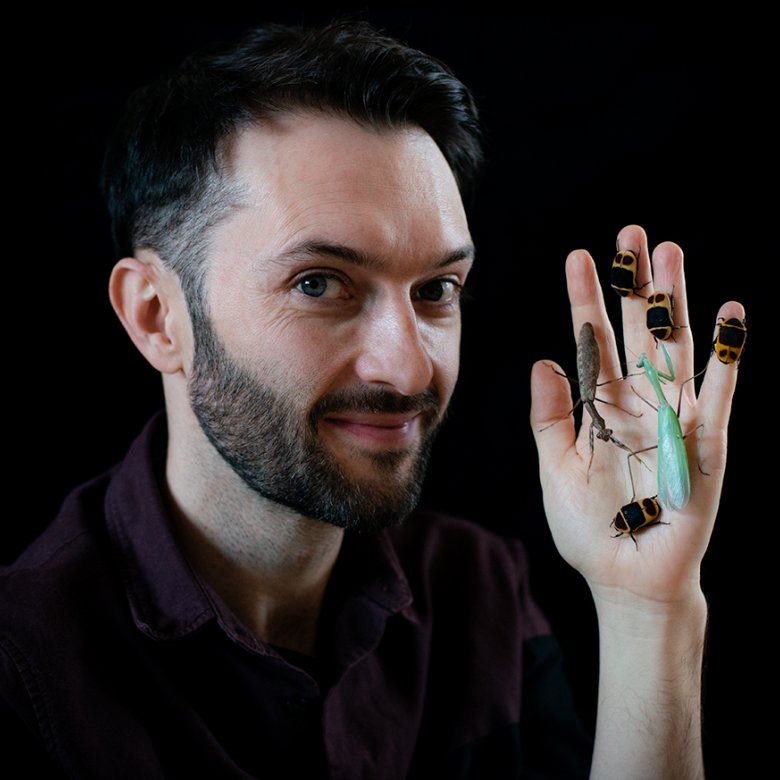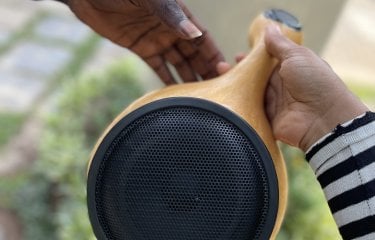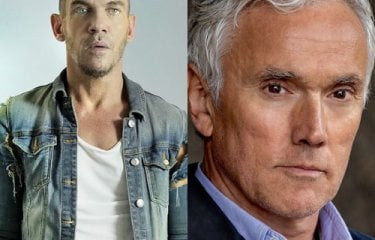Meet science consultant, broadcaster and ‘insect wrangler’ Dr Tim Cockerill
22 April 2024

As well as a career as an ‘insect wrangler’ in TV and film, Tim is a senior lecturer for Falmouth’s Marine & Natural History Photography BA course, has a PhD in tropical insect ecology from the University of Cambridge and is a Fellow of the Royal Entomological Society.
Fresh from making new series A Real Bug’s Life for National Geographic TV, Tim's 2024 is shaping up to be his busiest year yet. So far, as well as several radio and TV engagements, the Falmouth University Marine & Natural History Photography BA lecturer has had a new species of insect named after him (following his discovery of the species in a Borneo rainforest) and launched a new one-off documentary for Sky Nature.
We caught up with Tim to talk about his career as a scientific consultant, teaching the next generation of marine and nature photographers and what it’s like to work alongside legends such as David Attenborough and Brian Cox.
Tell us about your role at Falmouth University, Tim...
I teach on the marine and natural history photography degree here at Falmouth, and I can’t really imagine a better place to be immersed in this subject. The University exists to foster creativity, so the atmosphere is constantly inspiring. And of course, we have world-class marine life and beautiful beaches on our doorstep – pretty hard to beat!
You have a long history of research and teaching and have become an authority on creepy crawlies – why did you take an interest in all things tropical ecology, entomology and zoology – and if you weren’t in this line of work what would you be doing?
Growing up in suburban east Yorkshire I remember being constantly amazed by the sheer diversity of insects that you can find in a perfectly normal back garden. The secret is taking the time to look for them. That slippery entomological slope led to a PhD in tropical insect ecology at the University of Cambridge, and the ultimate honour of having a new species named after me last year. But it all started with rummaging through the foliage in that suburban garden – starting small is important!
You’ve no doubt been on some hair-raising expeditions over the course of your career – was there anything super scary that made you question your life choices?
Spending so much time in rainforests makes you realise just how friendly the wildlife is in the UK. I’ve been face-to-face with countless deadly snakes, stampeded by elephants, and infested with some quite spectacular parasites. Sometimes in very remote areas, being the person that owns a pair of forceps has made me the most qualified to deal with medical emergencies. A particularly memorable moment was removing a bloodsucking leech from the back of my research assistant’s eyeball in Papua New Guinea. That was an experience I’d be happy not to repeat.
Your most recent show A Real Bug’s Life is a collaboration with National Geographic – can you tell us a bit about the process of working with this network and how you've adapted to becoming a broadcaster as much as an academic/consultant?
Working on A Real Bug’s Life has been a wonderful experience. The show is being broadcast on Disney+, so we are bringing natural history to a completely new audience. The job of communicating science and natural history is that of translator. Whether I’m working with BBC Radio 4 or Disney, the storytelling is ultimately the same. We are just translating the science into a slightly different language each time.
We know you’re not supposed to share...but can you reveal what you’re working on at the moment?
Well, I must be mad in that I'm working on these projects during my holidays! There are some very big (small) things on the horizon, but I’ve had to sign non-disclosure agreements, so am sworn to secrecy for now. But some of the stories we have filmed so far are the most exciting and spectacular I’ve ever seen...
Any advice and tips for budding nature documentarians, photographers or science communicators out there?
Absolutely – when I think back to nine-year-old me looking for creatures in the garden I had one tiny book on insects. Now we have the entirety of the internet on the phones in our pocket, alongside an unbelievably powerful camera. We have all the tools we need to get started in wildlife photography or filmmaking. The first step is to become as much of an expert about your subjects as you can – find out what’s really fascinating about them. Then use the technology in your pocket to pass on that fascination to others.




